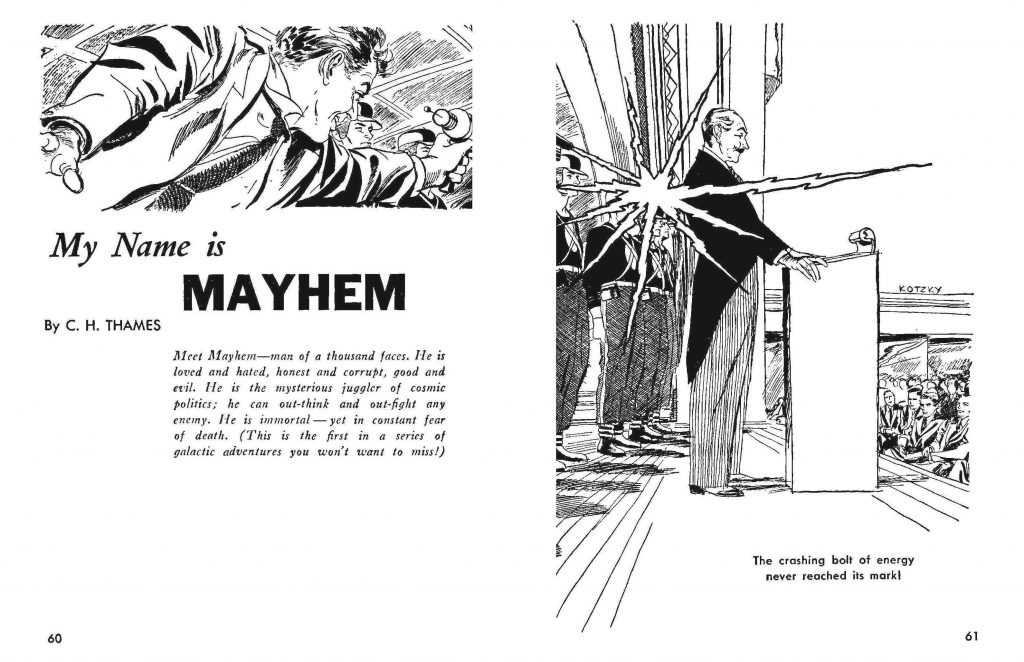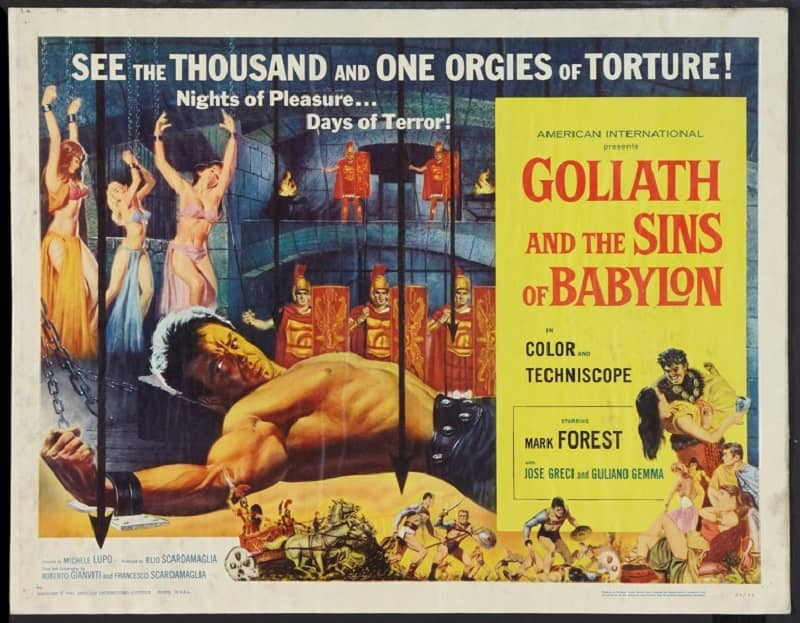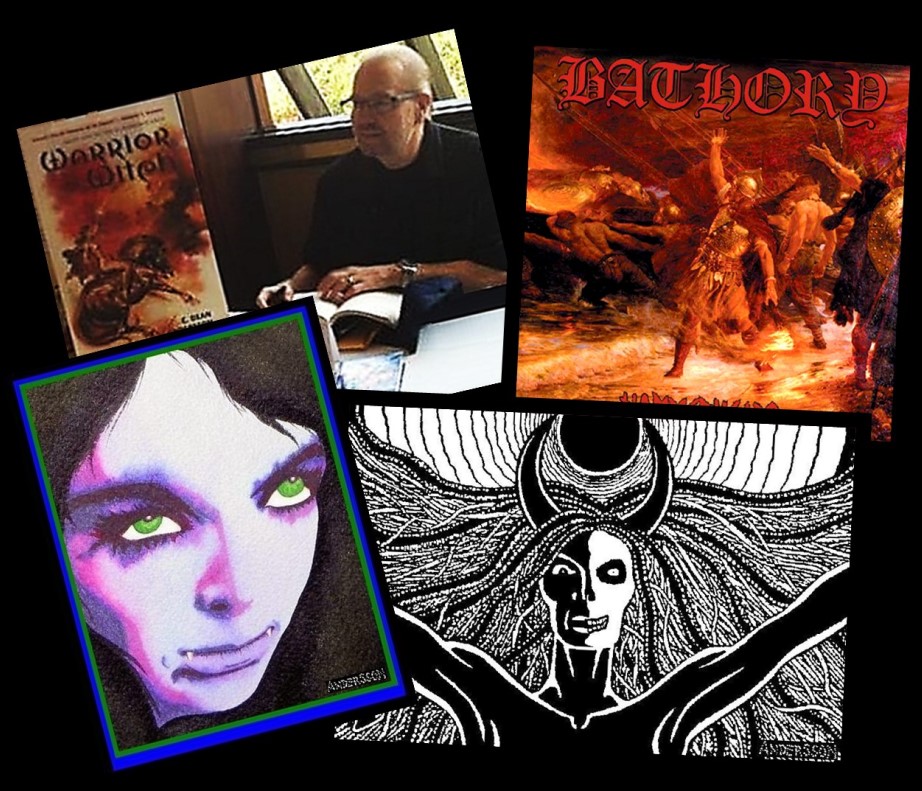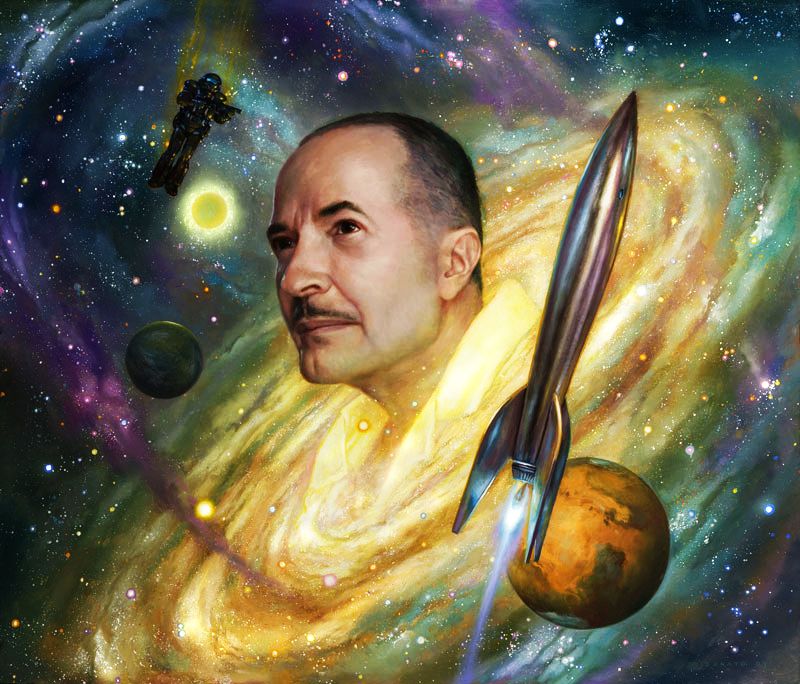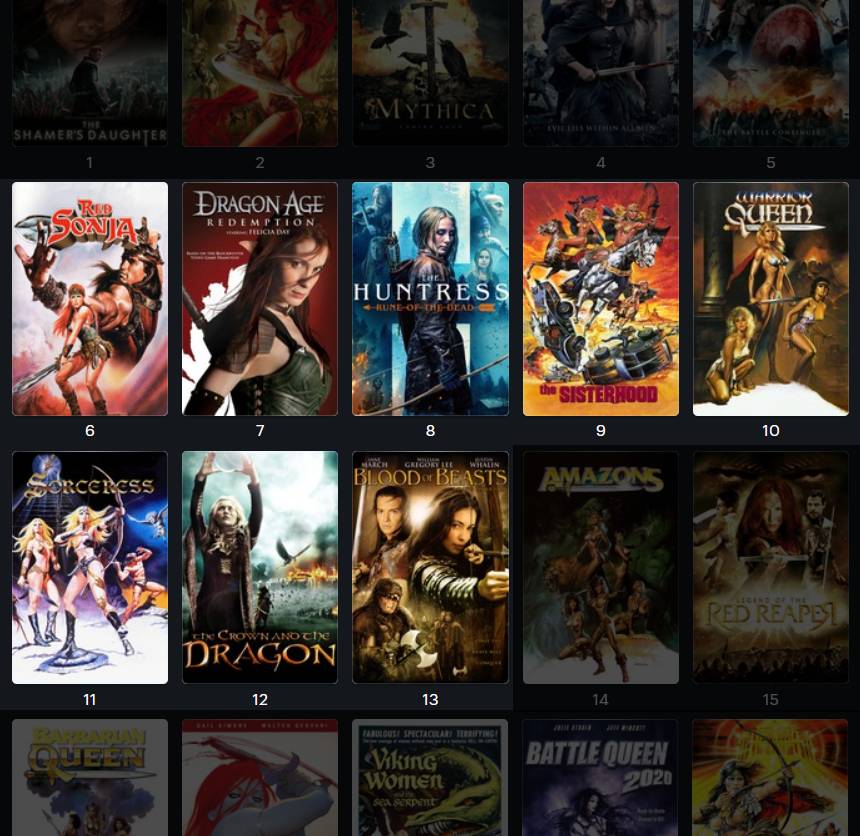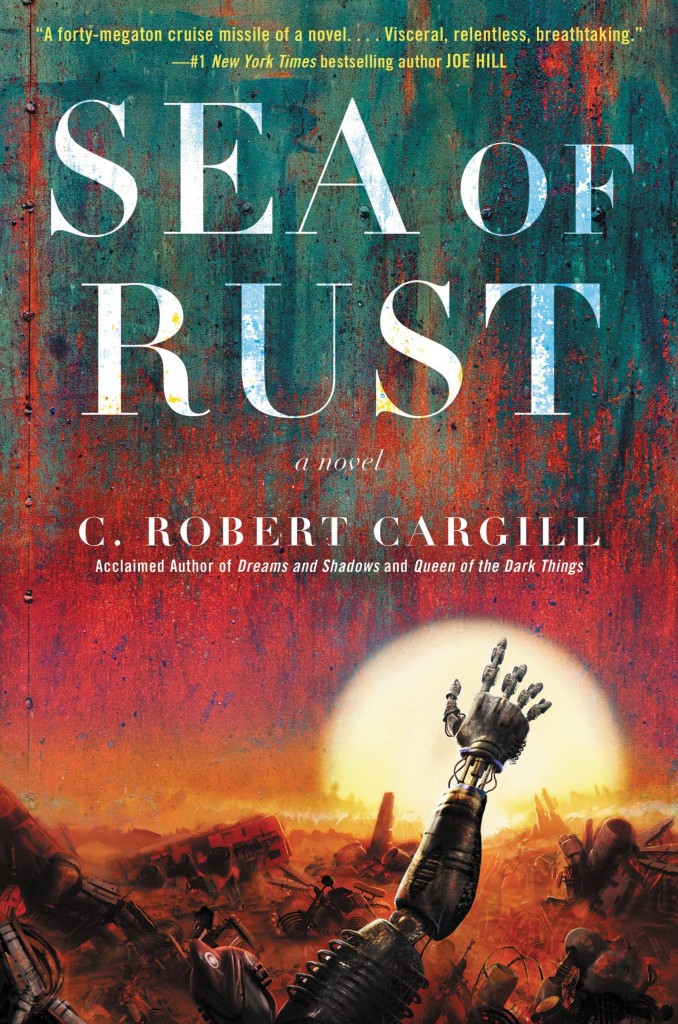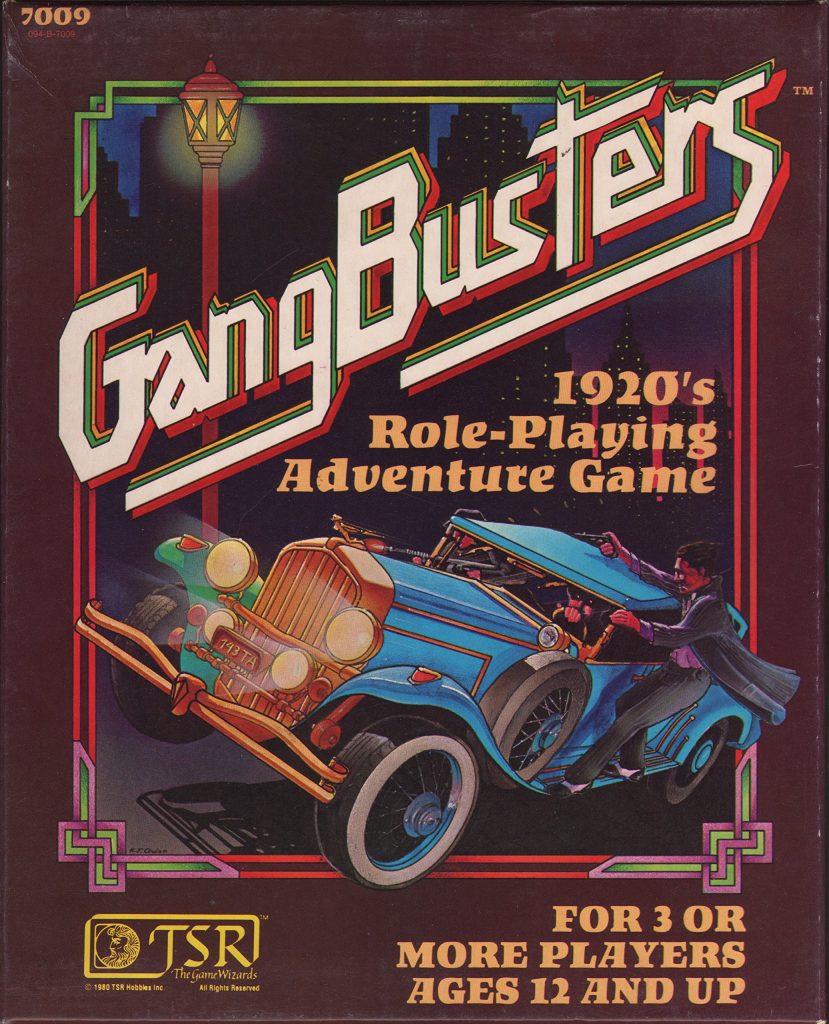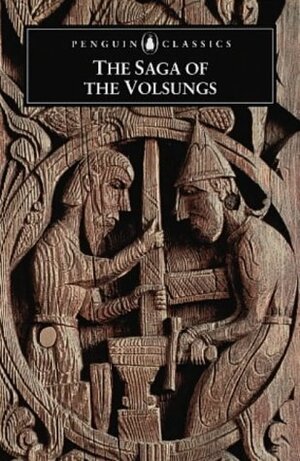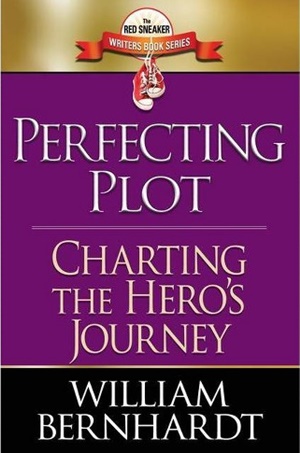 I started reading William Bernhardt’s Ben Kincaid books back in the mid-nineties. I seem to recall I went on a ‘lawyer’ kick and read him, Steve Martini, and Robert K. Tannenbaum. But years later, Bernhardt made a bigger impact on me with his Red Sneaker Writers series. These slim volumes with the brightly attractive covers, are jam-packed with great writing advice. The first book I read was on Story Structure, and I think it’s still my favorite. Though every one has been both interesting to read and thought-provoking. If I ever get my act together, I’ll add “taught me a lot.”
I started reading William Bernhardt’s Ben Kincaid books back in the mid-nineties. I seem to recall I went on a ‘lawyer’ kick and read him, Steve Martini, and Robert K. Tannenbaum. But years later, Bernhardt made a bigger impact on me with his Red Sneaker Writers series. These slim volumes with the brightly attractive covers, are jam-packed with great writing advice. The first book I read was on Story Structure, and I think it’s still my favorite. Though every one has been both interesting to read and thought-provoking. If I ever get my act together, I’ll add “taught me a lot.”
I’ve read through a couple of them more than once, making notes ( I CANNOT highlight a physical book. I’m incapable of it). Last year, I decided to be a little more systematic and I went through EVERY title, be it Theme, Dialogue, Character – all of them: and I outlined the key points in each chapter. I printed them all out and have a very cool binder. Which, if I ever actually sit down and write a novel, will be of great use.
I’ve read a lot of books on writing – fiction and screenplays. And I’ve come across a lot of useful ideas, suggestions, thoughts, and advice, from folks such as Lawrence Block, Tony Hillerman, William Martell, Syd Field, Robert Randisi, Chris Vogler (though I’m more apt to go to the original source material from Joseph Campbell), and James Scott Bell – to name a few without actually looking at my bookshelves. There are quite a few more, but my education would be incomplete without the Red Sneaker Writers books from Bernhardt. He writes in a clear, amusing, understandable, useful, manner. I can’t imagine not picking up at least something from each book. And I think you’re going to learn more than that.
…
Read More Read More
